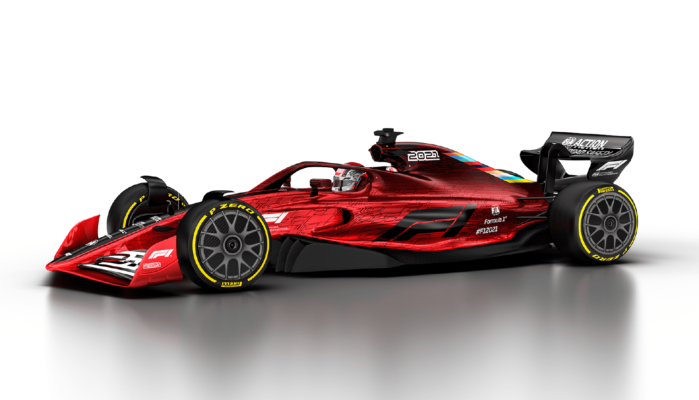
Tata Motors has launched the Tigor EV in India and the range starts from Rs 11.99 lakh whereas the top-spec XZ+ goes to Rs 12.99 lakh ex-showroom. Unlike the earlier Tigor, the new one comes packed with the Ziptron technology that is shared with the Nexon EV. It uses a denser battery pack and a permanent synchronous electric motor. The petrol engine in the Tigor is underwhelming, to say the least, and the new EV powertrain is far superior in terms of performance, refinement and ease of driving.
Tata Tigor EV Pros and Cons:

Tata Tigor EV is a balanced package with enough range for city roundabouts. But every car comes with some downsides and issues, the Tigor EV is no different. Hence, we list the 5 pros and 3 cons of the Tigor EV.
Tata Tigor EV Pros
Here are the pros of the all-new Tata Tigor EV:
1: Dial Into S and Disappear –
Tata Tigor EV is offered with two driving modes, Drive and Sport. While the D mode is more of an eco-driving mode with subdued throttle response and better range, the Sports mode dials up things to a new level. You instantly feel the urgency in power delivery and the ferocity in the acceleration. Overtaking is a cakewalk with the Tigor EV as all the torque is delivered at zero RPM, or say the moment you stomp on the pedal. However, driving in the S mode will decrease the range considerably but trust me, it’s worth it.
2: Great Space Management –
Tata Tigor has always been a spacious and comfortable compact sedan. I am happy to report that with the addition of the battery pack, it’s still similarly spacious and comfortable. The space management is great and the centre console offers some deep storage spaces. Door pads can hold 500ml bottles and the glove box is also fairly large.
3: It Handles Like No Other –
The Tigor EV is benefitted with a low centre of gravity, all thanks to the battery cells mounted on the back, where the fuel tank resides in the ICE car. Because of the lower COG, it stays planted at corners and holds onto the road with minimal understeer. The credit also goes to the cornering stability control that does its job without even us noticing. In a nutshell, the Tigor EV performs better in corners than you think.
4: Fantastic Music System and Chiller Ac –
Tata Motors is famous to offer the best-sounding speakers in the business and the Tigor EV is no exception. The crisp vocals are complemented by loud bass and rich vocal separation. It never feels too harsh, even when you turn up the volume. The air conditioning is also really impressive and even the e-con mode does a great job while offering a perfect balance of cooling and economy.
5: Sufficient Real-world Range for City Commuters –
Tata Tigor EV offers a claimed range of 306 km on a single charge. However, in the real world, you can expect a range of 200-230 km, depending on the way you drive. The sports model will drop the range in the region of 130-150 km. Combine the 230 km of realistic range with the stupendous Re 1/km running cost, the Tigor EV turns out to be an amazing city commuter.
Tata Tigor EV Cons:
As we are now done with the pros, let’s shed some light on the cons of the Tata Tigor EV.
1: The Pricing –
Tata Tigor EV range starts from Rs 11.99 lakh and the top-spec trim is priced at Rs 12.99 lakh ex-showroom. While the subsidies in some states will bring the effective price down, it would have been amazing if Tata had priced the Tigor EV under 10 lakh. That would have made it more attainable to the masses and resulted in improved sales. Another reason being the Nexon EV, which is just 2 lakh far from the Tigor EV and that offers better space, looks, comfort and performance.
2: Stiffer Suspension –
Stiffer suspension is an inherent problem with EVs, as the weight is more than the ICE cars. Tata Tigor EV gets a considerable stiffer suspension over the Tigor EV petrol and the low-speed ride is a bit unsettled. You feel the road imperfections more often and the body movement can impede the comfort levels over broken roads. However, once you step up the pace, the ride settles in perfectly and the stability also improves.
3: Smaller Boot Space and Low Headroom –
As I stated earlier, the battery pack of the Tigor EV is placed under the boot and rear seats. Due to the positioning, the boot space is hampered and the space wheel is mounted vertically on the right side, rather than underneath the floor. However, you can get rid of the spare wheel as Tata offers the puncture repairing kit as standard with the Tigor EV. In addition to that, the rear headroom could be compromising for taller passengers, thanks to the sloping roofline of the Tigor.
So here were the Tata Tigor EV pros and cons. I feel that Tata Motors has done a great job with the Tigor EV but they messed up with the positioning. Tata Nexon EV is way too close for somebody who is shelling out 12 lakhs for an EV. Not only that’s a better product overall, but it also offers blistering performance that you will miss with the Tigor EV. Nonetheless, not everyone likes to have the menacing street cred and road presence, for them, the Tigor EV turns out to be an awesome city commuter. It offers good value, necessary features, a good range of city and zero tailpipe emissions.
If you enjoyed reading this article, make sure to read other informative stories on the Carorbis Blog and also read Audi e-tron GT Bookings Open – Launch Soon








